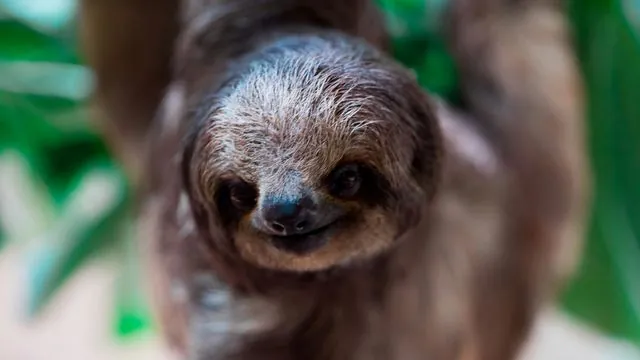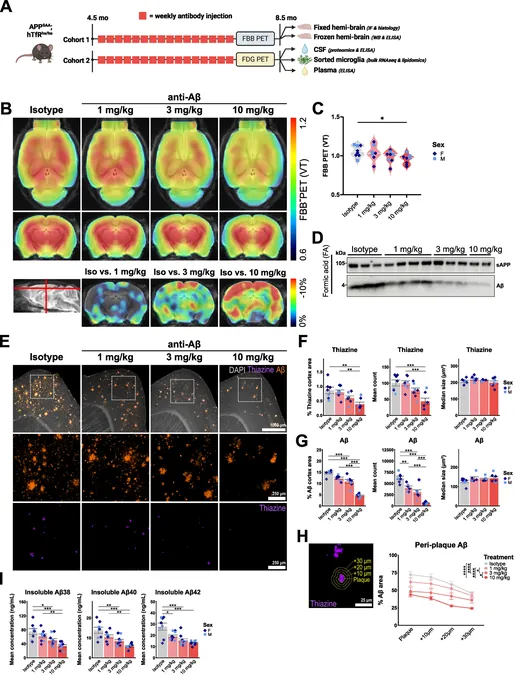
Unlocking Nature's Secrets: How Explosions of Diversity Shape Life on Earth
2025-08-21
Author: Wei Ling
The Fascinating World of Biological Diversity
JBS Haldane, a prominent British evolutionary biologist, famously remarked on the universe's peculiar affection for beetles, emphasizing an intriguing aspect of the 'tree of life'—its uneven nature. Some branches flourish with life, while others are sparsely populated. Strikingly, more than 40% of insects today are beetles, and 60% of birds fall under the passerine category, with flowering plants making up over 85% of terrestrial flora.
A Groundbreaking Discovery in Evolutionary Biology
But is this concentration of species a universal rule across Earth's biodiversity? Historically, this question remained unresolved due to limited insights into species counts, evolutionary relationships, and the ages of different groups. Recently, however, researchers in the U.S. have shed light on this mystery, publishing monumental findings in the journal Frontiers in Ecology and Evolution.
Dr. John J. Wiens from the University of Arizona states, 'For the first time, we demonstrate that most living species arise from a select number of rapid radiation events, meaning they cluster into groups that evolved in relatively short timescales.'
Diving Deep into Species Distribution
Wiens, alongside co-author Dr. Daniel Moen from the University of California Riverside, meticulously analyzed species richness and diversification rates across numerous biological clades—groups which descend from a single ancestor, such as phyla and families. Their comprehensive study scrutinized land plants, insects, vertebrates, and a total of over 2 million species across life.
The results were illuminating: regardless of the biological hierarchy, their findings confirmed that a majority of known species belong to a few expansive clades characterized by exceptional diversification rates.
The Mechanism Behind Rapid Speciation
Such 'rapid radiations' are thought to occur when fresh ecological niches open up, allowing for explosive diversification. Take, for example, the journey of grassquit birds to the Galápagos Islands 2.5 million years ago, which inspired the evolution of Darwin's famous finches. In another case, the advent of powered flight over 50 million years ago sent bats on a path of rapid evolution.
The Key Traits Driving Diversity
According to Wiens, these findings suggest that much of life’s astounding diversity can be attributed to such rapid radiations. He noted that key traits, including multicellularity in various life forms, adaptation to land among arthropods, and the emergence of flowers coupled with insect pollination in flowering plants, are critical to understanding this phenomenon.
A Mysterious Unknown: The Bacteria Conundrum
Yet, one significant question remains: the diversity of bacteria. While only about 10,000 bacterial species are documented, estimates suggest the actual number could range from millions to trillions. Despite their ancient origins dating back 3.5 billion years, bacteria exhibit a relatively low diversification rate. This leaves open the possibility that a clade with lower diversification rates could house the majority of life's species—a contradiction to Wiens and Moen's findings. They advise caution, indicating that their results primarily reflect known species.
As scientists continue to delve into the mysteries of our planet's biodiversity, these groundbreaking discoveries pave the way for enriched understanding of the intricate web of life we share.

 Brasil (PT)
Brasil (PT)
 Canada (EN)
Canada (EN)
 Chile (ES)
Chile (ES)
 Česko (CS)
Česko (CS)
 대한민국 (KO)
대한민국 (KO)
 España (ES)
España (ES)
 France (FR)
France (FR)
 Hong Kong (EN)
Hong Kong (EN)
 Italia (IT)
Italia (IT)
 日本 (JA)
日本 (JA)
 Magyarország (HU)
Magyarország (HU)
 Norge (NO)
Norge (NO)
 Polska (PL)
Polska (PL)
 Schweiz (DE)
Schweiz (DE)
 Singapore (EN)
Singapore (EN)
 Sverige (SV)
Sverige (SV)
 Suomi (FI)
Suomi (FI)
 Türkiye (TR)
Türkiye (TR)
 الإمارات العربية المتحدة (AR)
الإمارات العربية المتحدة (AR)